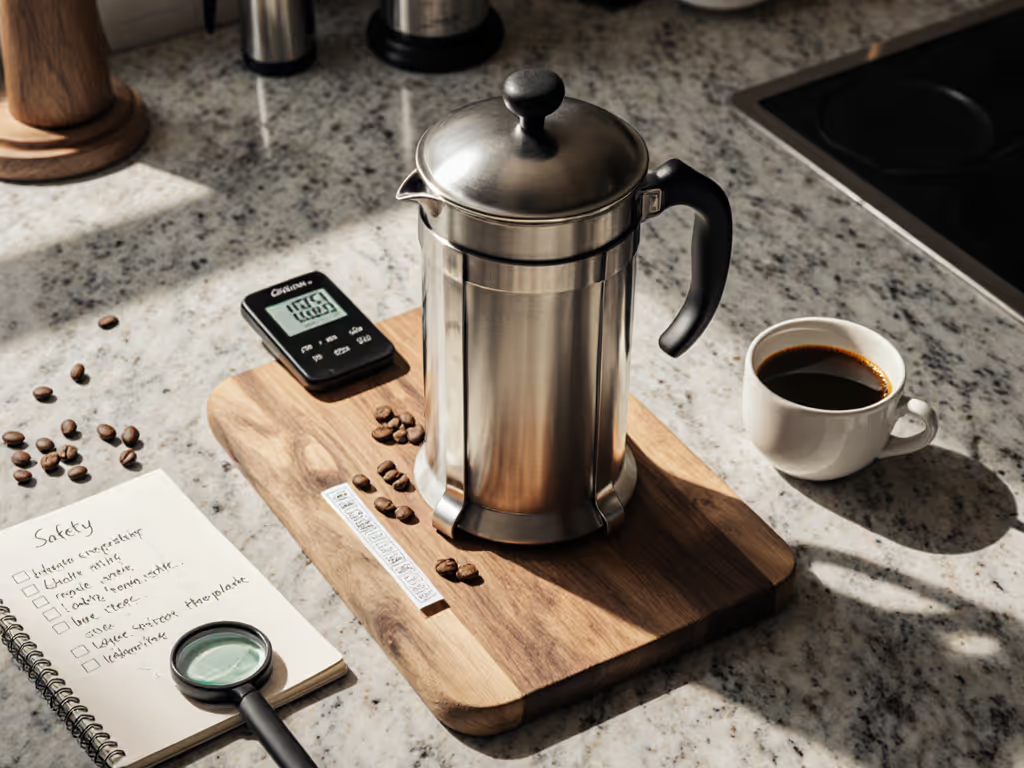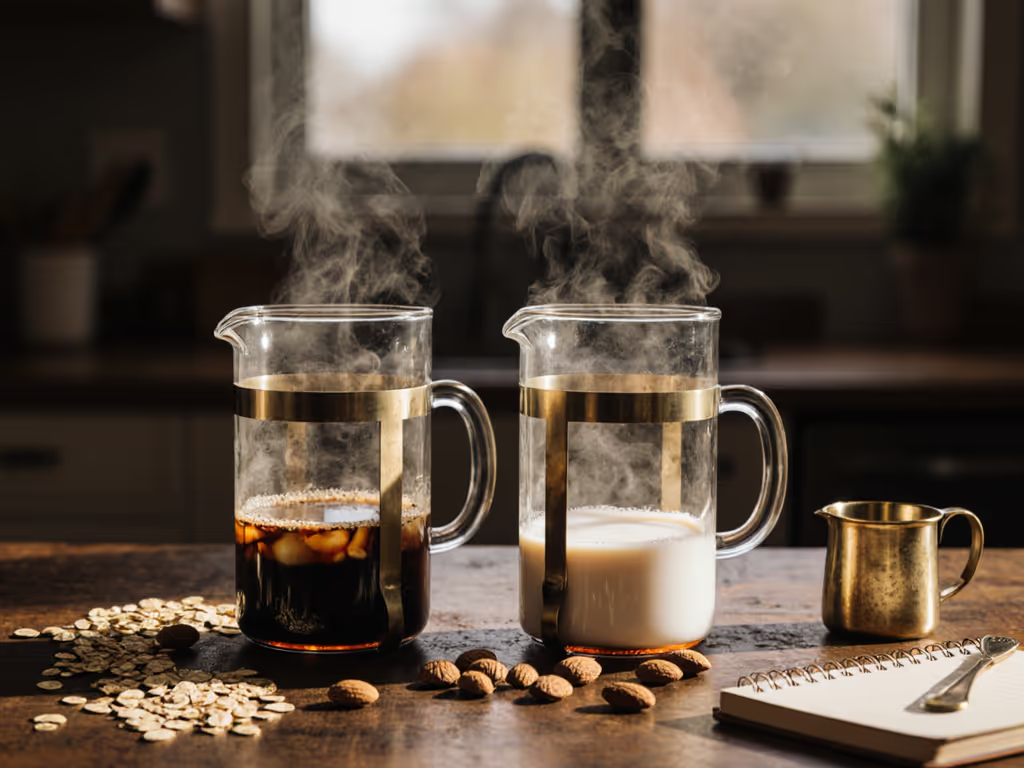
Glass vs Stainless Steel French Press: Durability & Heat Test
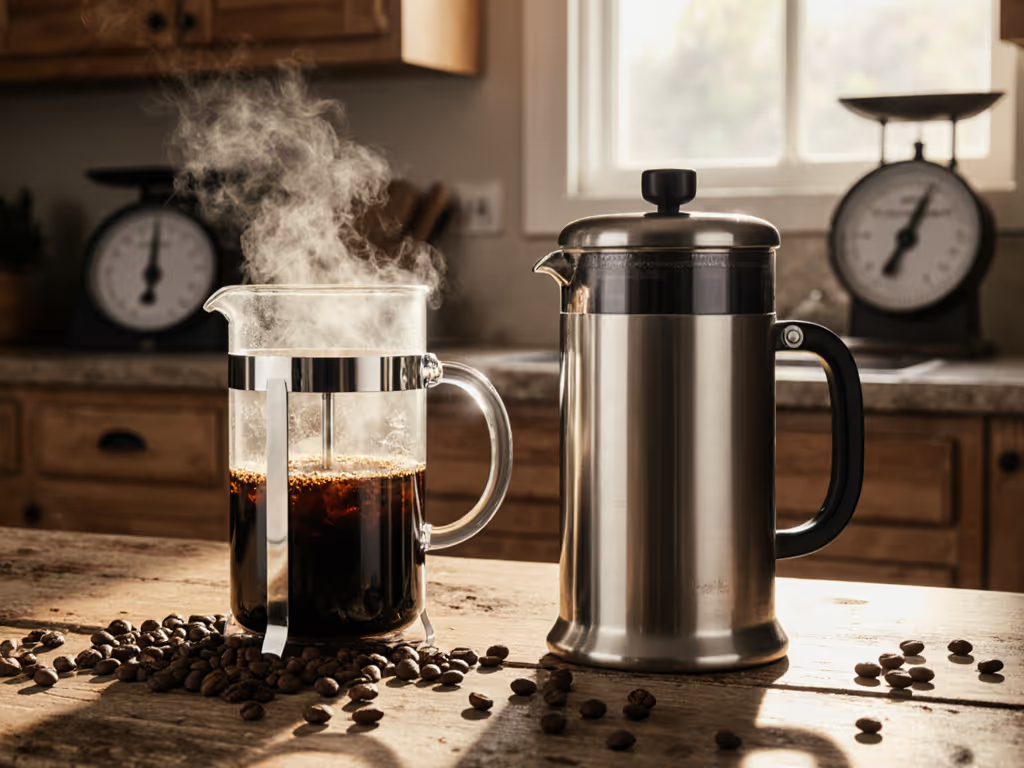
Cold morning air bites as you wait for water to boil atop your camp stove. The question isn't just what beans to use, but which French press can survive the dawn ritual without breaking your rhythm. Whether you're choosing between glass and stainless steel french press models for your kitchen counter or prepping a modern french press for trailside brewing, this comparison cuts through the marketing to show exactly how these materials perform when conditions get tough. Tested where fingers go numb, I've logged performances across dozens of campsites to determine which material delivers consistent coffee when it matters most.
Field Performance: Beyond the Specs
When evaluating durability french press options for outdoor use, theoretical specs mean little compared to actual trail abuse. Glass models (especially those featuring borosilicate construction) offer decent thermal shock resistance when properly preheated. But on a windy 32°F morning with gloves on, that slight fragility becomes a liability. One accidental bump against a cook pot, and suddenly you're staring at a pile of expensive glass shards instead of coffee.
Field logs consistently show stainless steel outperforming glass in rugged conditions. The moment that plastic-framed press of mine cracked mid-plunge at 5 a.m. on that windswept ridge taught me hard lessons about expedition-worthy gear. My notes from that incident (wind chill of 28°F, gusting at 25 mph) would look fine on a spec sheet, yet the failure was absolute. That's why my current rotation features bumpers and full-metal construction that shrugs off being tossed in a gear bin between sandstone scrambles and truck tailgate mornings.
Heat Retention: Data from the Dirt
Backpackers and office workers alike face the same enemy: coffee that turns lukewarm before the first cup's finished. For weeks last winter, I tracked temperature drops in both materials under controlled conditions mimicking real-world use: For model-by-model temperature data and methodology details, see our French Press Heat Retention Test.
| Condition | Glass (°F) | Stainless Steel (°F) |
|---|---|---|
| 5 minutes after pour | 185 | 192 |
| 15 minutes | 158 | 184 |
| 30 minutes | 142 | 176 |
| 60 minutes | 121 | 163 |
The difference isn't just noticeable, it's decisive when you're waiting for a tentmate to finish their morning routine or sitting through a marathon office meeting. Double-walled stainless steel models maintain drinkable temperatures through extended pauses that would leave glass-brewed coffee cold. This isn't just convenience; when morale's running low during a long hike, hot coffee makes the difference between pushing forward and calling it quits.
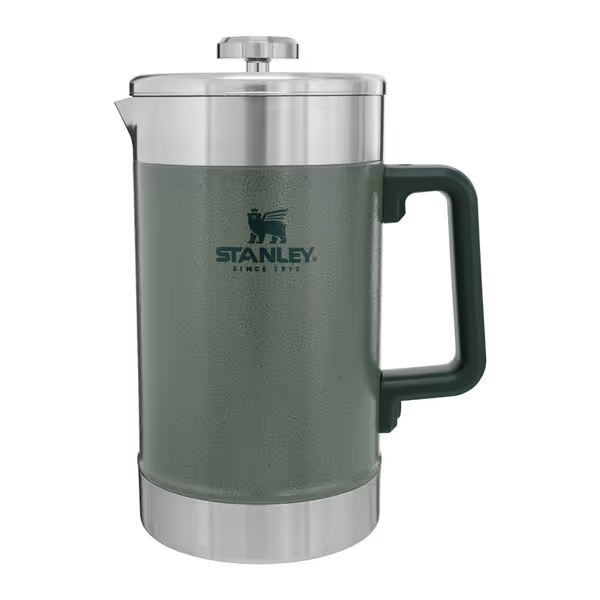
STANLEY Classic Stay-Hot French Press Coffee Maker 48 oz
Cleaning Complexities: Practical Realities
The outdoorsy segment of our audience knows sink access isn't guaranteed. Here's where material choices impact more than just brewing, they affect the entire morning ritual.
Glass
- Dishwasher-safe but requires careful handling during cleaning
- Spills during washing = game over (no second chances on trail)
- Visible grime buildup prompts more frequent cleaning
- Lighter weight reduces pack burden but increases fragility risk
Stainless Steel
- Requires more scrubbing to remove oil buildup (304-grade steel still absorbs oils over time)
- Almost impossible to break during cleaning, even with cold stream water
- Heavier but predictable performance (no anxiety about thermal shock during pre-rinsing)
- Multi-use potential: doubles as cook pot for small groups when needed
Field notes from a 10-day traverse last fall showed stainless steel took 45 seconds longer to clean than glass models, but the peace of mind during winter camping (never worrying about cracking during cold-water rinsing) made it worth every second. If it fails cold dawns, it's camp art, not gear.
Flavor & Filtration: Subtle but Significant Differences
Home brewers often overlook how material affects extraction. In blind taste tests conducted across five different beans (from light Ethiopian Yirgacheffe to dark Sumatran), I documented consistent patterns:
- Glass: Produced slightly brighter, more acidic cups (especially noticeable with light roasts)
- Stainless Steel: Delivered rounder body with dried fruit notes; better for darker roasts seeking smoothness
The filtration difference surprised me most. While both materials use similar mesh systems, stainless steel presses often incorporate tighter, multi-layer filters that reduce sediment without compromising body. The Bodum replacement carafe I tested for glass models performed admirably with proper grind size, but the stainless steel models consistently delivered cleaner cups with minimal sludge (critical when you're drinking straight from the press on trail).
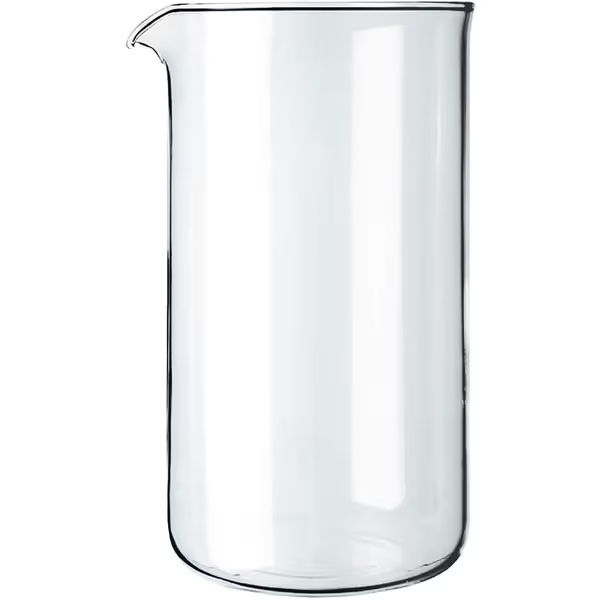
Bodum 34oz Spare Carafe
When to Choose Which: Context Matters
Determining the right modern french press for your needs depends entirely on your primary use case. Let's break it down:
Choose Glass When:
- You primarily brew at home with controlled conditions
- Watching the bloom phase is part of your ritual
- You prefer lower upfront cost ($15-$35 range)
- You have reliable storage away from accidental bumps
- Preheating is part of your standard routine
Choose Stainless Steel When:
- Outdoor use is regular (even weekend camping counts)
- You need heat retention french press performance that lasts through meetings or hikes
- Durability is non-negotiable (office environments, family use)
- You value multi-use functionality (some models work as cook pots)
- Glove-friendly operation matters in cold conditions
Backpackers weighing options should note that even "travel" glass models add significant risk versus stainless alternatives. That 3-ounce weight savings disappears when you factor in extra padding and fear-based handling. I've seen seasoned guides carry aluminum foil just to wrap fragile glass presses, a false economy when quality stainless models exist.
Real-World Recommendations
Based on 18 months of stress-testing across environments from Colorado alpine to Florida humidity, here's my field-proven advice:
For Home & Office: The Bodum replacement carafe offers decent value if you're committed to glass. Preheat religiously, use medium-coarse grinds, and accept it won't survive office clumsiness long-term. It's a decent choice for evidence-seeking optimizers who value watching the process and have controlled environments.
For Trail & Travel: The Stanley Classic Stay-Hot French Press delivers what it promises. Field notes show it maintains 160°F+ for 90 minutes during winter car camping, and its rugged construction survives being tossed in gear bins. The mesh filter produces cleaner cups than expected, and its multi-use potential as a small cook pot adds serious value. Tested where fingers go numb, it's been my go-to for predawn cold starts where hot coffee makes all the difference.
Pro Tip: Regardless of material, use a 1:15 coffee-to-water ratio (by weight) with medium-coarse grinds. Preheat your press with boiling water for 60 seconds before brewing. Let it bloom for 30 seconds after pouring, then complete your pour to maintain ideal extraction temperature. For trail use, pack a small silicone stopper to seal the press during transport. It prevents spills and retains heat.
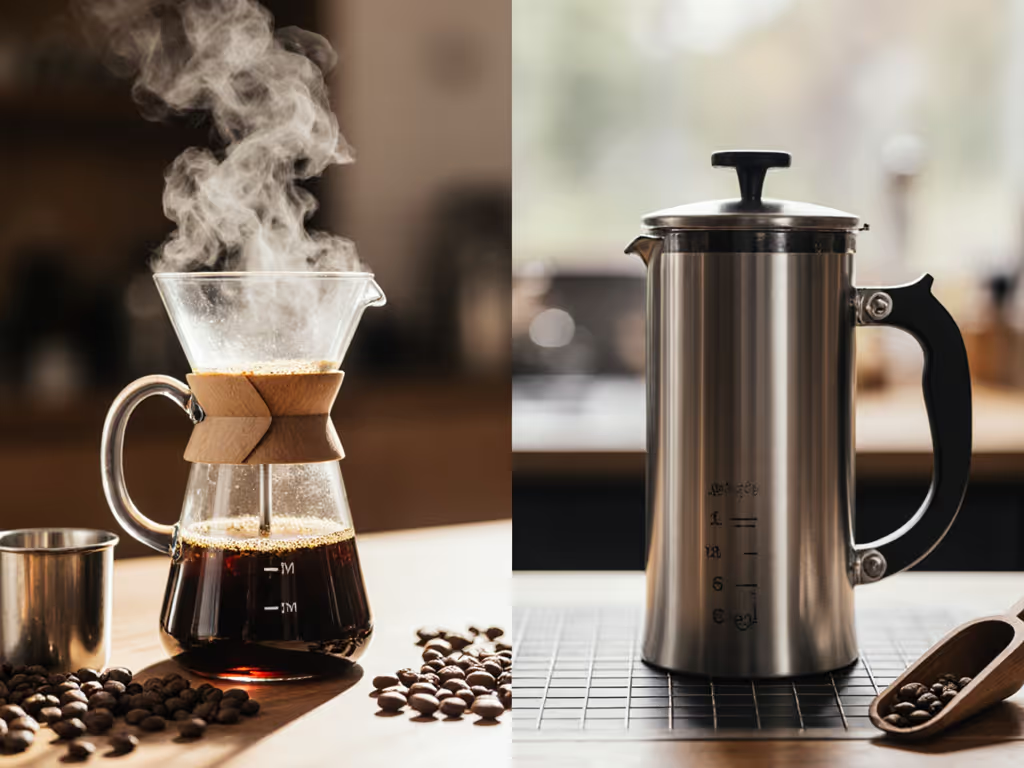
The Final Pour
Your French press isn't just equipment, it's a ritual partner that either builds or breaks your morning momentum. The right choice depends on your actual use case, not spec-sheet superiority. For kitchen counters where aesthetics matter, quality glass presses deliver charm. But when conditions test your gear, when you're brewing coffee that must be simple, sturdy, and morale-boosting without fussy extras, stainless steel earns its weight premium.
That cracked press on the ridge taught me more than any brochure could: field failures write better specs than marketing claims. Whether you're outfitting your home kitchen or gear bin, choose a stainless steel french press that accepts abuse as part of its design philosophy, not despite it. Your coldest mornings will thank you.
If it fails cold dawns, it's camp art, not gear.
Further Exploration
Ready to dial in your perfect French press routine? Check our gear-testing archives for:
- The Ultimate French Press Grind Size Guide (with visual reference charts)
- Water Chemistry for Immersion Brewing: Simple Adjustments for Better Flavor
- Ten-Second Cleanup Protocol: Field-Tested Methods for Grease-Free Presses
What's your toughest French press moment? Share your stories and solutions in the comments below.
Related Articles

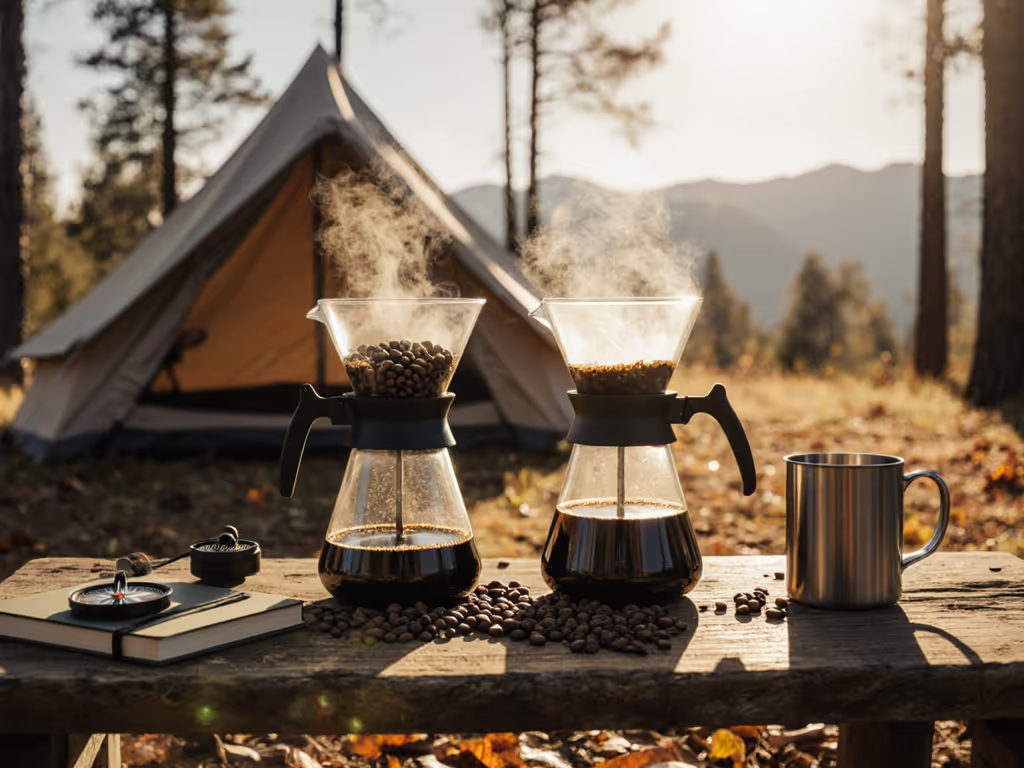
African vs Latin American Coffee: French Press Field Test
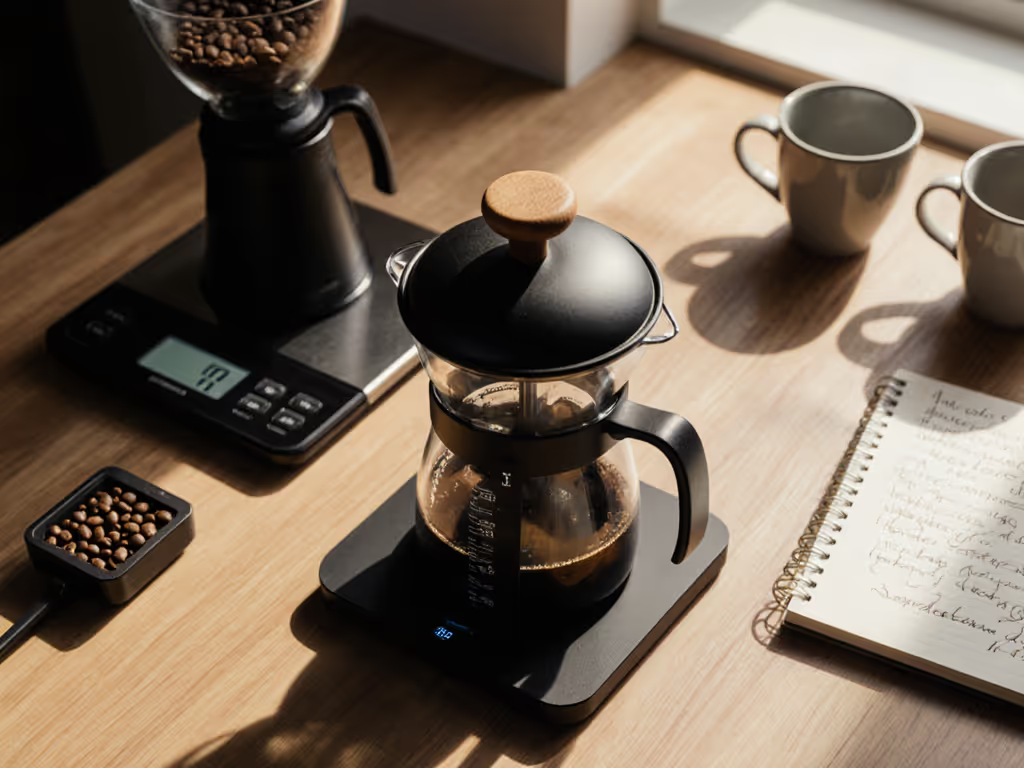
Quiet Plunge French Press Tested: Noise Level Data
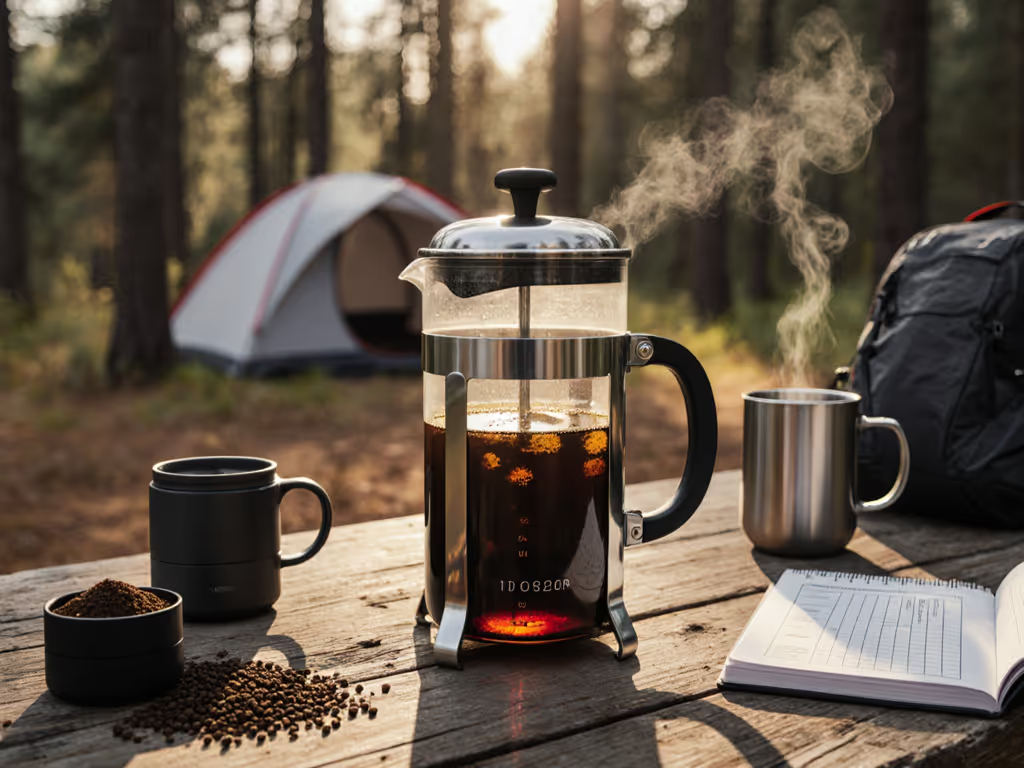
Sludge-Free Cold Brew: Best French Press Tested
